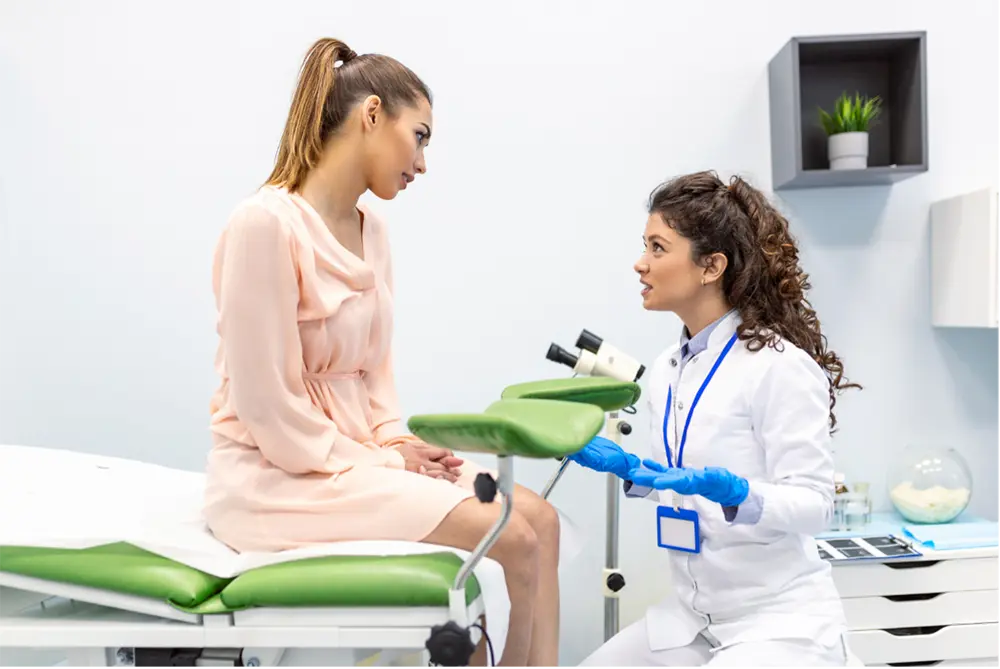 Summer is here! Since most of us will be spending more time in the sun during for the next few months, it's a good time to get educated on skin cancer risk factors, signs, symptoms, treatment and prevention. Skin cancer is the most common form of cancer in the United States. Many of these cancers can be prevented by protecting skin from excessive sun exposure and avoiding indoor tanning.
Summer is here! Since most of us will be spending more time in the sun during for the next few months, it's a good time to get educated on skin cancer risk factors, signs, symptoms, treatment and prevention. Skin cancer is the most common form of cancer in the United States. Many of these cancers can be prevented by protecting skin from excessive sun exposure and avoiding indoor tanning.Americans are being diagnosed with melanoma, the deadliest form of skin cancer, at steadily spiraling rates.
According to the National Cancer Institute, the rate of new melanoma cases among American adults has tripled since the 1970s, from 7.9 per 100,000 people in 1975 to 24 per 100,000 in 2013. (NCI 2016).
Just as alarming, the melanoma death rate for white American men, the highest risk group, has escalated sharply, from 2.6 deaths per 100,000 in 1975 to 4.6 in 2013.
Since 2000, the rates of new melanoma cases among both men and women have been climbing by 1.4 to 1.6 percent per year, according to the federal Centers for Disease Control and Prevention (CDC 2014).
Risk factors
| Exposure to sunlight: Exposure to UV radiation, either from the sun or tanning lamps, increases risk | |
| Fair skin: People with fair skin, freckling or red or blond hair have a higher risk of melanoma | |
| Moles: Certain types of moles increase a person’s chance of getting melanoma | |
| Age: Chances of being diagnosed with skin cancer increase with age | |
| Gender: Men have a higher risk of developing skin cancer than women |
Signs and symptoms
Patients experiencing any of these symptoms should consult a physician.
| Asymmetry: half of the mole does not match the other half | |
| Border irregularity: edges of the mole are ragged or notched | |
| Color: color of the mole is not the same all over | |
| Diameter: the mole is wider than about ¼ inch |
Screening
To diagnose or classify skin cancer, a physician may conduct the following screenings to improve the chances that the disease is found and treated successfully at an early stage:
Incisional and excisional biopsies:, remove a wedge of skin to look at the deepest layer; whether by incisional biopsy which removes only part of the tumor or by excisional biopsy which removes the entire tumor
Shave biopsy: the doctor shaves off the top layers of skin
Punch biopsy: a round tool cuts through all the layers of the skin and brings up a sample of tissue
Treatment
If cancer is suspected, the patient will be referred to an oncologist who will conduct tests and determine the appropriate treatment plan. Our practice recognizes the
importance of comprehensive care close to home. We provide:
Comprehensive care, provided by board-certifi ed oncologists and experienced nurses and support staff
Precise radiation treatment, using leading-edge technology which provides fewer side effects
Systemic therapies, including chemotherapy, hormone, immunotherapy and bone-targeting treatments
Innovative clinical trials, providing the latest therapies through affi liations with The US Oncology Network, US Oncology Research and The Radiation Therapy Oncology Group
On-site support services, such as patient navigation, counseling, charitable assistance, nutrition planning and more
Prevention
- Do not use sunscreen as a tool to prolong your time in the sun.
- Cover up! Hats, shirts and sunglasses are the best protection.
- Avoid sunburn.
- Do not use a tanning bed or sunbathe.
- Protect kids! Early life sunburns are worse, so keep little ones out of the hot sun.
- Pick a sunscreen with strong UVA protection.
- Get vitamin D. There is speculation but not proof that adequate levels of vitamin D can reduce the risk of melanoma. But we know that vitamin D is good for combatting other types of cancer. Commit to getting screened for vitamin D deficiency.
- Examine your skin. Check your skin regularly for new moles that are tender or growing. Ask your primary care doctor how often you should see a dermatologist.
For a list of Environmental Working Group's top sunscreens for 2016, click here.
For more information, contact one of Minnesota Oncology's 11 clinic locations near you or learn more about our 60 physicians.



